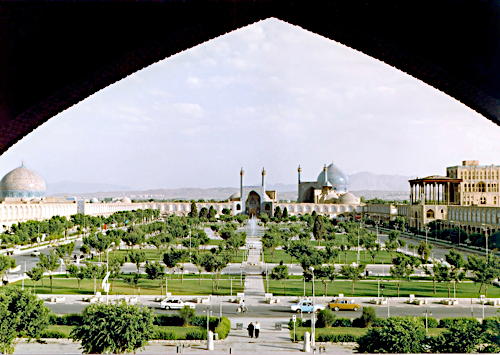Visual Cultures of Islam

This course examines the visual cultures of Islam around the world from the 7th to the 20th century. Beginning with a discussion of Islam, Muhammad, the Qur'an, and a definition of "Islamic" art, we will discuss the roles and meanings of demarcating divine topography as visible in the Ka'ba in Mecca and the Dome of the Rock in Jerusalem. The rapid spread of Islam to the east and west during the 9th- 11th centuries created a new vocabulary for Islamic art and architecture, fusing pre-existing Byzantine and Persian models with Islamic innovations. We will look at mosque and palace complexes in North Africa, southern Spain, as well as in Mesopotamia and Central Asia. During the Crusades, Islam came into close contact with Europe, resulting in fascinating hybrid objects and architecture that call into question the simplistic division of "East" and "West." From the 15th to the 17th century, the three so-called gunpowder states of Anatolia (the Ottomans), Persia (the Safavids), and the Indian Subcontinent (the Mughals) created new concepts of empire, wealth, and administration in the imperial cities of Istanbul, Isfahan, and Agra. Finally, Colonialism and Orientalism will be examined, as well as the emergence of modern Islamic art and visual culture.
Category for Concentration Distributions: A. The Middle East (includes Western and Central Asia and North Africa), B. Sub-Saharan Africa, 1. Ancient, 2. Medieval